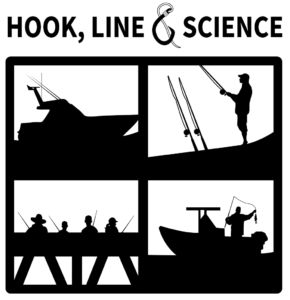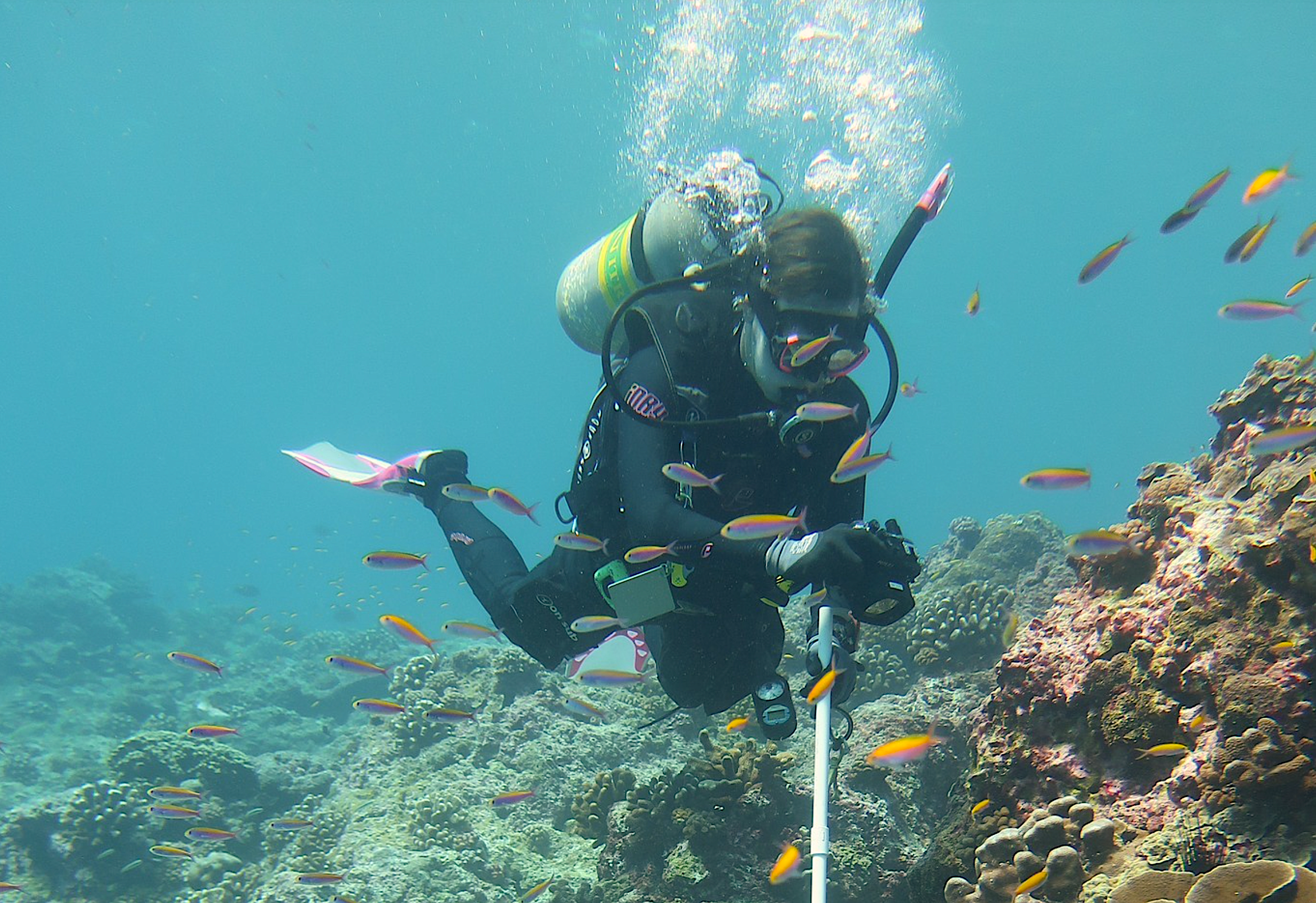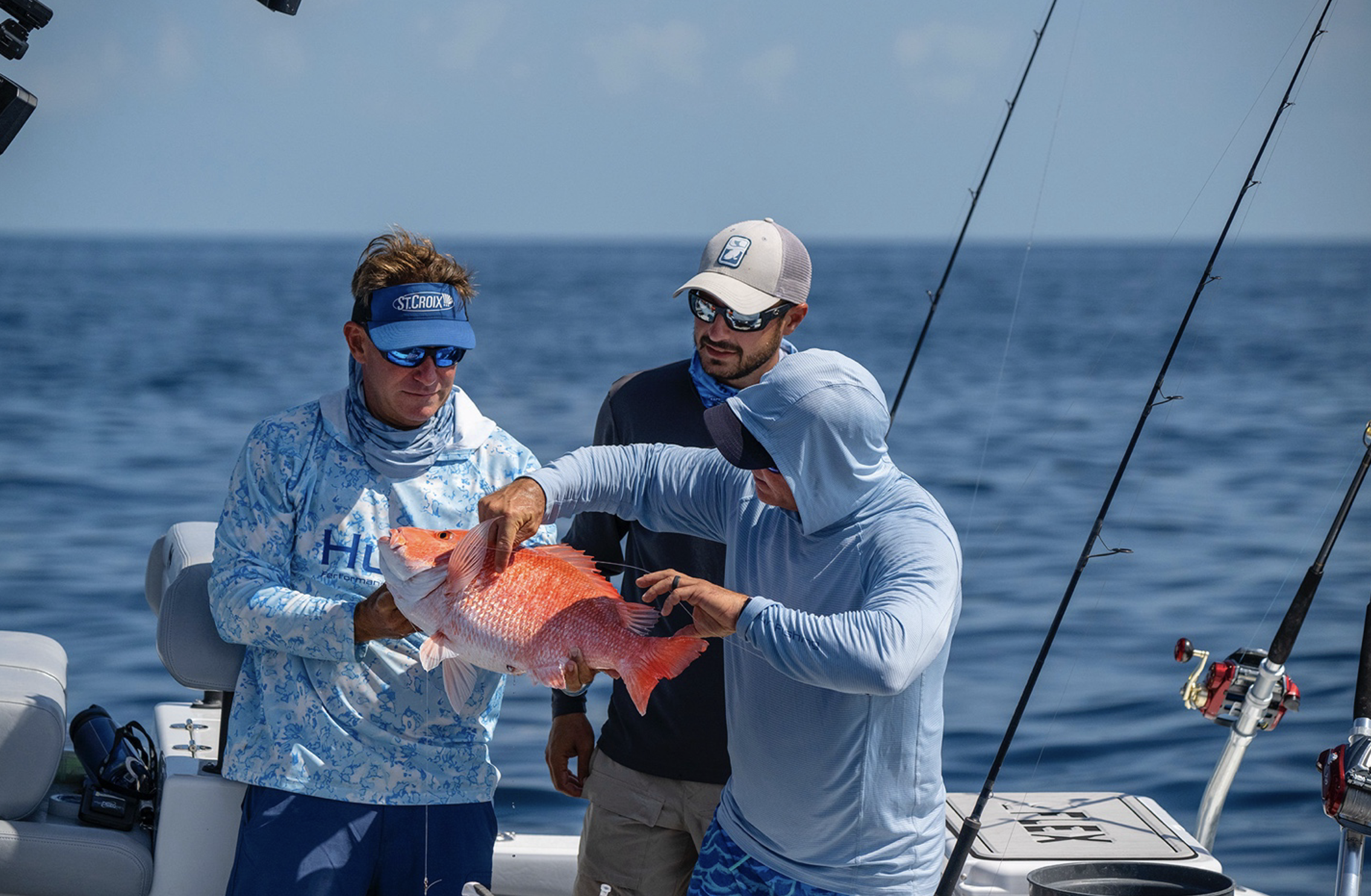An underwater snapshot may hold valuable information in the background.
Research Need
Understanding essential fish habitat is crucial to effective fisheries management. This habitat includes underwater areas, such as coral reefs and kelp forests, which are necessary for fish reproduction, growth, feeding, and shelter. However, conducting traditional scientific surveys is expensive and labor-intensive, which limit how often and how much habitat areas scientists can explore.
Underwater photos divers take for pleasure offer a vast, untapped resource. In addition to the main subject of the photo, backgrounds of photographs often contain incidental information on marine organisms and habitats.
Scientists wanted to know whether these recreational photographs could serve as reliable and accurate sources of habitat information to supplement standard scientific surveys.
What did they study?
Researchers picked three popular scuba diving spots in Sydney, Australia, known for diverse habitats, and asked local divers to submit photos for the study. Of 250 divers who showed interest, 42 submitted photos.
At the same time, the research team themselves conducted standardized photo surveys at regular intervals at each location. The team sampled each location three times, taking photographs at a range of depths to acquire images representative of the habitat.
The team analyzed the diver photos and its own standardized survey photos to compare how each captured the habitat and habitat-forming organisms, such as kelp, algae, and sponges. They also analyzed how photographic style (close-up or wide-angle) and subject (fish or gastropods) affected the accuracy of the information.
What did they find?
Of the recreational divers’ photos, 92% captured habitat information in the background. The habitats that divers photographed were similar to those recorded in scientific surveys. Habitats that were more common in the surveys, like turf algae, were also frequently in diver photos, and rare habitats, like sea squirts, rarely appeared in either sets of photographs.
Analyzing around 50 diver photos provided a good estimate of the habitat, with not much improvement from looking at more photos. Similarly, data from just five different divers captured most of the habitat diversity.
Anything else?
Wide-angle shots tended to capture more types of habitat, like kelp, sponges and algae, compared to close-ups.
In terms of subject, photos of fish showed more kelp, sponges, and sea squirts in the background, compared to photos focusing on small creatures like sea slugs, which included more turf algae.
So what?
Recreational diver photos are a viable source of information on reef habitats and habitat-forming organisms, which are typically underrepresented in participatory-science databases. These photos can help scientists monitor marine habitats at broad scales using fewer resources, which is especially important given the rapidly changing global environment.
To reduce potential bias and increase reliability, the team recommends the following:
- Restrict photographs to the same subject, like fish; or, include a diverse range of subjects.
- Consider only using wider-angle photographs.
- Use at least 50 photographs per sample, ideally from several different divers.
Finally, the researchers emphasized that diver photographs are not a replacement for standardized scientific habitat surveys, but they are a supplement. Used correctly, these photos are a promising new tool for monitoring marine habitats.
Reading
Roberts, C. J., Vergés, A., & Poore, A. G. (2023). A new resource for monitoring reef ecosystems: The background of recreational diver photographs contains valuable habitat data. Journal of Applied Ecology, 60, 2688-2698.
BY MAYA AFILALO
This research was supported by an Australian Government Research Training Program (RTP) Scholarship to C.J.R. and by grant SWR/10/2020 provided by Sea World Research & Rescue Foundation Inc (SWRRFI) and the Winifred Violet Scott Charitable Trust to A.V., A.G.B.P. and C.J.R.
photo credit: NOAA Diving Program.
The text from Hook, Line & Science is available to reprint and republish at no cost, but only in its entirety and with this attribution: Hook, Line & Science, courtesy of Scott Baker and Sara Mirabilio, North Carolina Sea Grant.

- Categories:




